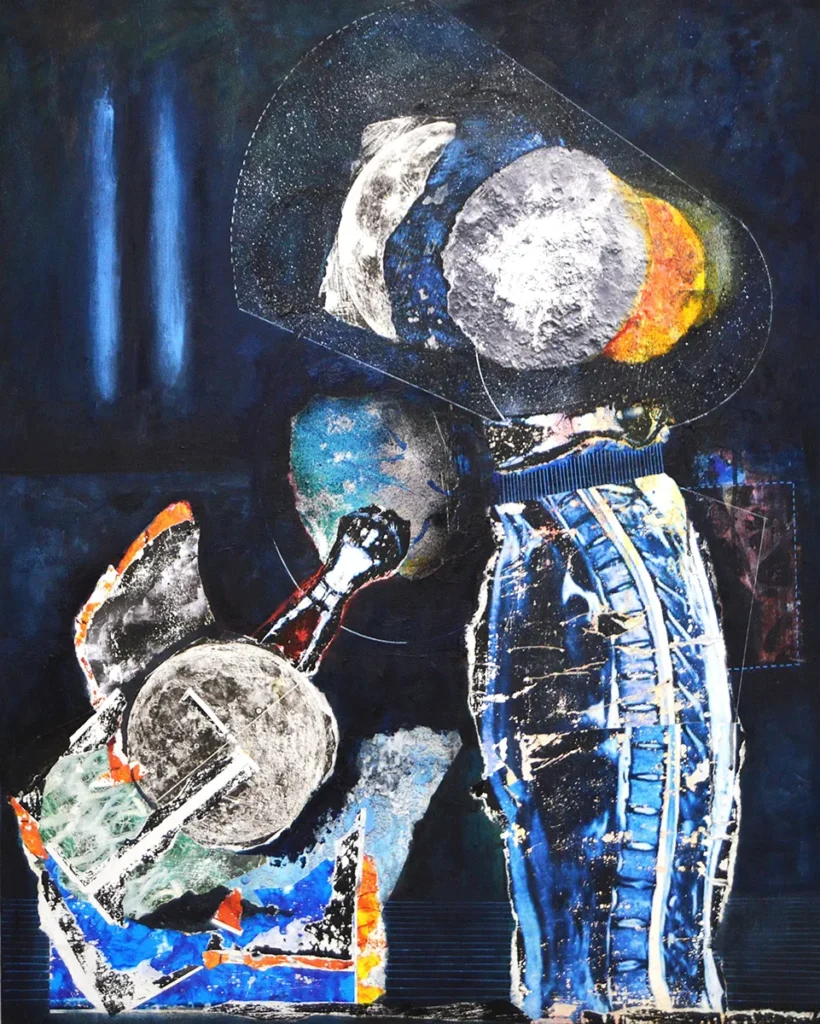Throughout human history, the notion of the body has undergone continuous transformation, reflecting shifting philosophical, religious, and scientific perspectives. From the idea of the physical body as inferior and perishable, a temporary vessel for the immortal soul, through the divine proportions of Vitruvian Man, and later the scientific models of the body as an organic machine, we arrive at a point where the physical boundaries of the biological individual dissolve into the visions of being offered by transhumanism.
In the 21st century, the body is no longer perceived as a static biological entity, but as a dynamic construct shaped by the interplay of technology, culture, and politics. The borders between the biological and the artificial, the physical and the digital, the personal and the collective, are blurring, confronting us with profound ethical dilemmas. As a result, the understanding of the body today is deeply political, shaped by social movements, state bureaucracies, markets, and technological advances. How we define and treat the body has become one of the central questions of contemporary society, endlessly debated through issues of identity, power, and human rights. Such complexity inevitably fuels diverse artistic reflections and practices. The body is no longer regarded simply for the beauty of its form – a beloved motif – but has become an instrument of artistic inquiry and social critique, a fascinating arena for the transformation and redefinition of identity.
At the same time, the influence of contemporary technologies has radically altered our visual environment. Whether we look at cellular structures magnified by electron microscopes or at diagnostic images (scans, MRIs, etc.), these unfamiliar and uncanny images profoundly reshape our view of the world.
In this cycle of works, I attempt to absorb the chaotic abundance of visual information, contexts, and possible interpretations of the phenomenon of the body. Simultaneously, I strive to uncover – and even highlight – a subtle emotional constant beneath this visual “noise.” This hidden core represents an authentic, intimate awareness of one’s own body and may take many forms: the body we discover, the one we dream of, the body we put to use and modify, the body we are ashamed of, long for, feel pain in, are betrayed by, fear, and ultimately, the body that carries within itself the seed of death.


Collage has proved to be the most appropriate technique for such an undertaking. By virtue of its immediacy, collage introduces freshness, humor, and subversion into the artistic process. It also constructs a fragmented reality and deconstructs form, opening the way to new, dynamic perceptions of space and shape. The result is a visual practice capable of interweaving multiple narratives, represented through layered imagery: collaged, décollaged, painted segments, as well as fragments of drawings or texts. This process invites viewers to follow parallel threads and to sense the deeper, muted filaments that suggest multiple interpretations.

This hybridization of artistic approaches naturally led to the creation of a hybrid form – the “BODY” or the “Anti-body,” a symbolic construct, a homunculus assembled from fragments of images, mechanisms, textures, mystical plays of light, and dystopian visions of an uncertain future.
The materials used in these collages include diagnostic images of the body – spectral “phantoms” whose ethereal beauty softens the somewhat unsettling explicitness of human anatomy. The works also draw upon photographs of cellular structures of various tissues, natural textures, microstructures, and anatomical drawings. The works presented were created between 2023 and 2025.
